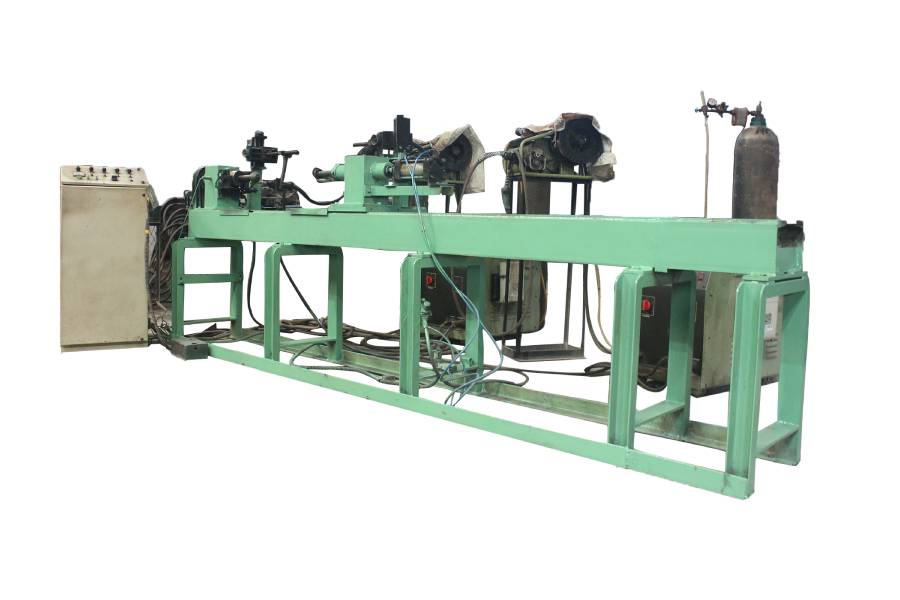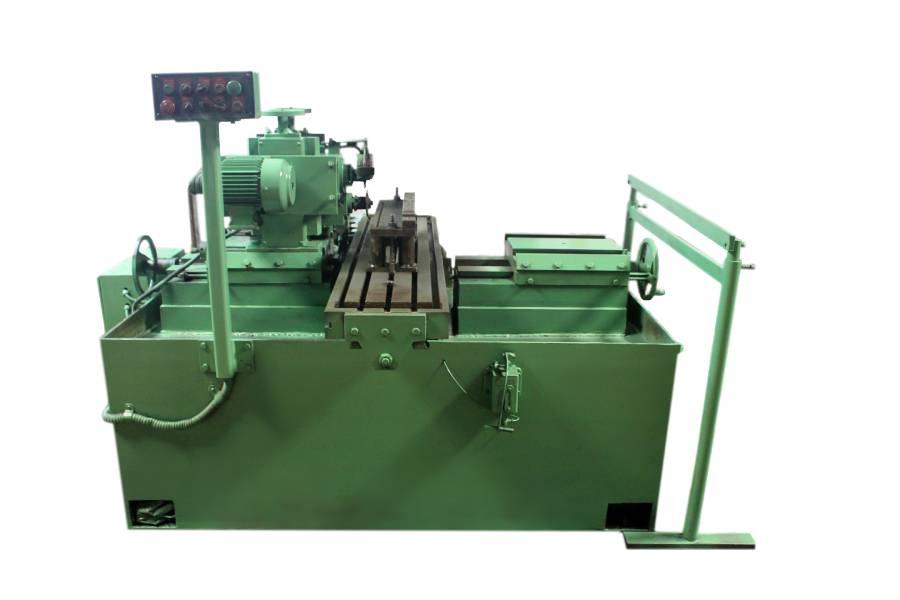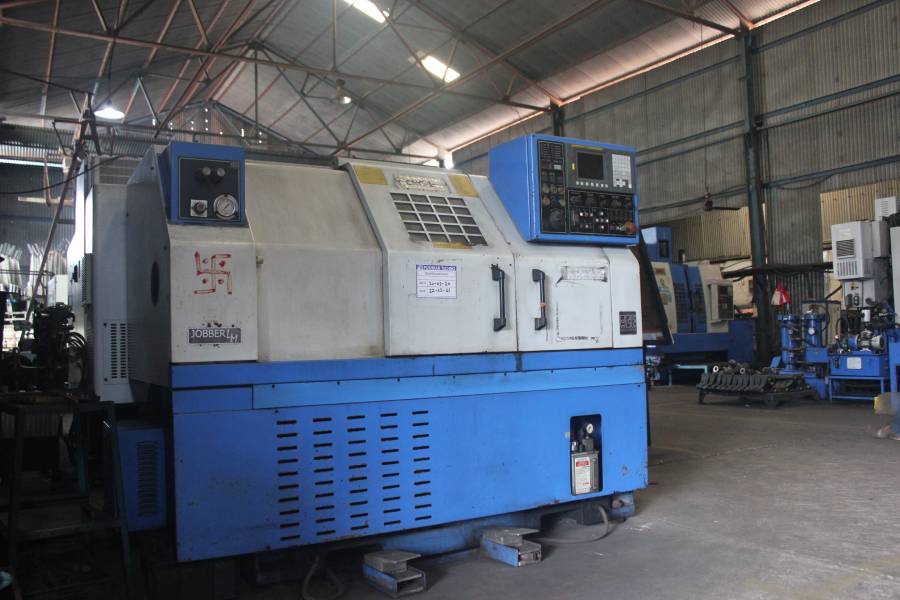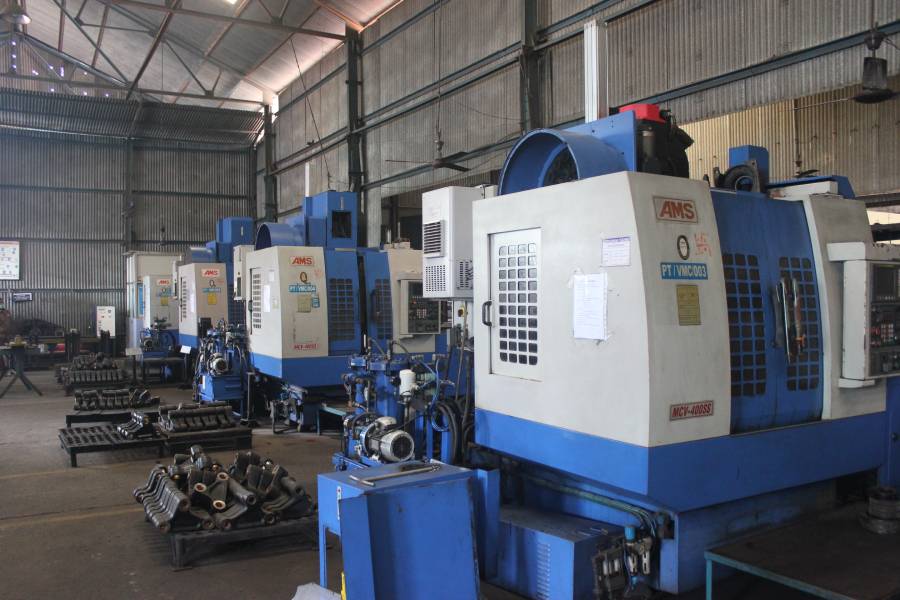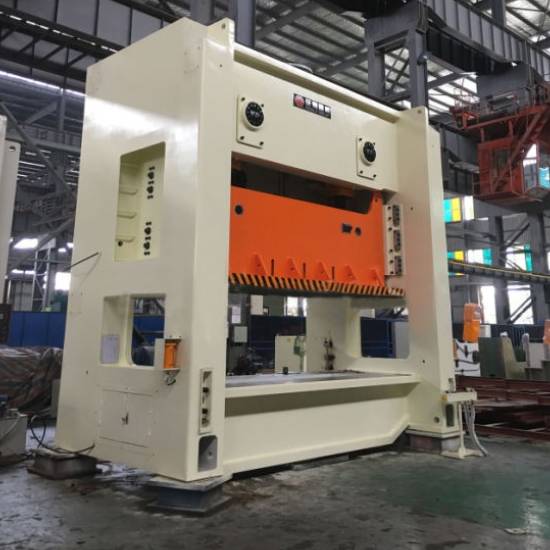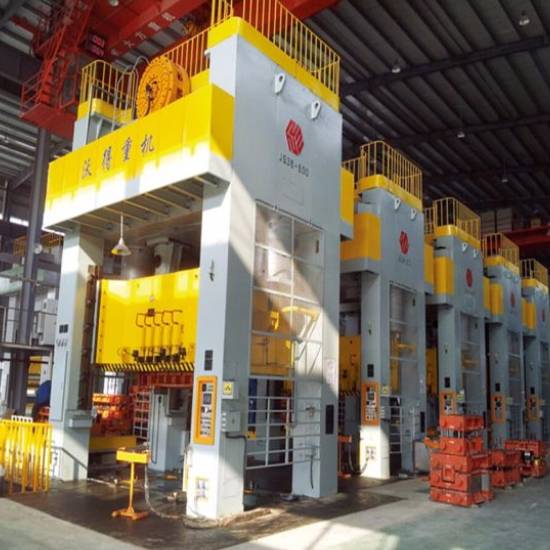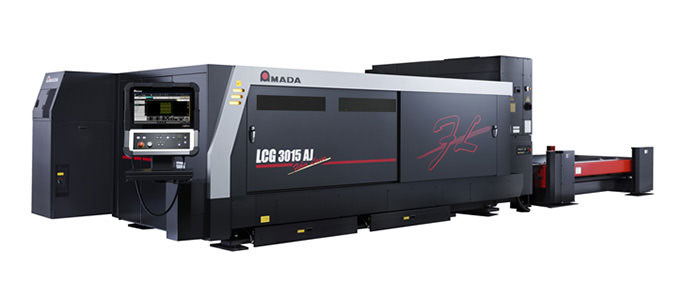Infrastructure
Our unit is spread over an area of 155,000 square feet and a covered plant area of 110,000 square feet including additional space for further expansion.
Pushkar Techno Pvt. Ltd. has a wide range of automated & semi-automated machines enabling us to manufacture a wide range of items as per the specifications provided by our customers.
At our present setup, we have a manufacturing facility for different types of idler rollers and frames for belt widths ranging from 500mm to 2500mm.
The following machines are used in the manufacturing of idler rollers:
- Pipe & Shaft Cutting Machines
- Hydraulic Forehead Shaft Milling/Slotting Machines
- Hydraulic Centerless Cylindrical Grinding Machines
- Hydraulic Pipe Recessing Machines
- Double Head Automatic Rotary Welding Machines
- Hydraulic Bearing Pressing Machines
We also manufacture pressed, fabricated, and machined sheet metal components and assemblies for automobiles. In-house designing and manufacturing of dies and fixtures are done to manufacture products as per the specifications provided by our customers.
Pushkar Techno Pvt. Ltd. has an infrastructure for pressing components up to 1000 tons and a 3100mm bed size. The machining facility includes:
- 8 Automated VMC and CNC Machines
- 4 Mechanical Power Press (1000 tons)
- 3 Mechanical Power Press (500 tons)
- 4 Mechanical Power Press (400 tons)
- 4 Mechanical Power Press (200 tons)
- 8 Mechanical Power Press (150 tons)
- 8 Mechanical Power Press (100 tons)
- 4 Hydraulic Press (300 tons)
- EOT Cranes
- Brake press
- Shearing machines
- Welding machines
We have a designated division that caters to finishing processes such as 10 tank pre-treatment and phosphating process, CED Coating (as per customer requirement), Finish Painting and Powder Coating.
Testing Facilities
For automotive components, the following tests are carried out:
Dry Film Thickness (DFT):
- The dry film thickness is checked using a digital DFT probe which measures the thickness of the coating.
- For primer coating, a DFT of 30-40micron is maintained.
- For the finished product, the DFT is maintained at 70-80 microns
- For CED coating, the DFT is maintained at 60 microns
Adhesion Test:
- In a sample area, a matrix of 1cm X 1cm with each square measuring 1mm is made.
- A standard cello tape is stuck on the sample area and is then peeled off.
- Not more than 5 boxes in the matrix should get damaged.
Methyl Isobutyl Ketone (MIBK) Test:
- The painted surface is rubbed with chemicals and in 60 strokes, the paint should not get removed.
- There should also be no discolour on the painted surface.
Nugget Test:
- Sample nuggets are made and they are hammered till the pieces get separated.
- The welded area should not get damaged and the parent material should get sheared.
Carbon Test:
- After every 100 spots, carbon impression of the tip is taken and the shape and size of the impression are checked.
- The shape should not be round and the diameter should be a minimum of 6mm, accordingly the tips are dressed.
Universal Testing Machine (UTM):
- Sample test slabs as per IS standard are prepared and held between the jaws of the Universal Testing Machine.
- The test piece is subjected to progressive load and the load at the failure point is compared to the tensile strength of the material.
For Idlers and Rollers, the following tests are carried out:
Water Test:
- Water is sprayed on the assembled pulley at a pressure of 1kgf for 30 minutes.
- The roller is dismantled to check water ingress in the bearing area
Dust Test:
- The roller is subjected to a dusty atmosphere for 30 minutes.
- The roller is dismantled to check dust ingress in the bearing area.
Friction Test:
- The rollers are mounted on the testbed and are made to rotate at 1200 rpm and are then allowed to come to a standstill.
- The elapsed time is used to calculate the coefficient of friction which should be less than 0.015.



